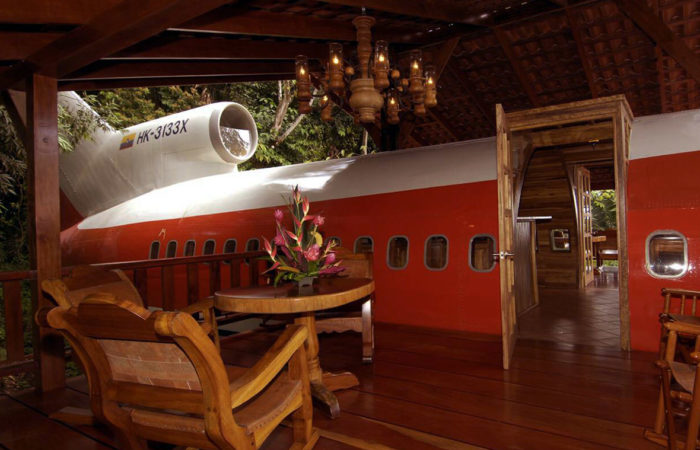A new study in the peer-reviewed journal Tissue Engineering, Part A demonstrates the potential to produce cellular spheroids, from a clinically relevant embryonic stem cell derived mesenchymal stem cell (ES-MSC) source, to generate scaffold-free chondrogenic or osteochondrogenic graft tissues. Click here to read the article now.
Darryl D'Lima, MD, PhD, from the Shiley Center for Orthopaedic Research and Education at Scripps Clinic, and coauthors, describe how the ES-MSC cellular spheroids were cultured in chondrogenic medium and seeded into a customizable closed chamber system, in which they fused and formed a single tissue construct.
"To engineer osteochondral tissues, cellular spheroids were matured in the [chamber system] for only 7 days before implantation into ex vivo human cartilage defects," stated the investigators. Cellular spheroids cultured in the chamber system developed into neocartilage tissues expressing cartilage associated genes and staining positive for cartilage matrix molecules. The cartilage-like constructs that were implanted into cartilage defects created in ex vivo osteoarthritic tissue resulted in repair tissue that was histologically integrated with the explant tissues.
"This study introduces a novel approach leveraging cellular spheroids to generate scaffold-free chondrogenic and osteochondrogenic neotissues that integrate with host tissues, addressing a key challenge to clinical translation," says Tissue Engineering Co-Editor-in-Chief Antonios G. Mikos, PhD, Louis Calder Professor of Bioengineering and Chemical and Biomolecular Engineering at Rice University.
About the Journal
Tissue Engineering is an authoritative peer-reviewed journal published monthly online and in print in three parts: Part A: Research Advances, the flagship journal published 24 times per year; Part B: Reviews, published bimonthly, and Part C: Methods, published 12 times per year. Led by Co-Editors-in-Chief Antonios G. Mikos, PhD, Louis Calder Professor at Rice University, and John P. Fisher, PhD, Fischell Family Distinguished Professor & Department Chair at the University of Maryland, the Journal brings together scientific and medical experts in the fields of biomedical engineering, material science, molecular and cellular biology, and genetic engineering. Leadership of Tissue Engineering Parts B (Reviews) is provided by Katja Schenke-Layland, PhD, Eberhard Karls University Tübingen and Heungsoo Shin, PhD, Hanyang University, and of Part C (Methods) by John A. Jansen, DDS, PhD, Radboud University and Xiumei Wang, PhD, Tsinghua University. Complete tables of content and a sample issue may be viewed online at the Tissue Engineering website. Tissue Engineering is the official journal of the Tissue Engineering & Regenerative Medicine International Society (TERMIS). Complete tables of content and a sample issue may be viewed on the Tissue Engineering website.
About Mary Ann Liebert, Inc., a Sage Company
Mary Ann Liebert, Inc. is a global media company dedicated to publishing and delivering impactful peer-reviewed research in biotechnology & life sciences, specialized clinical medicine, public health and policy, and technology & engineering. Since its founding in 1980, the company has focused on providing critical insights and content that empower researchers and clinicians worldwide to drive innovation and discovery.






